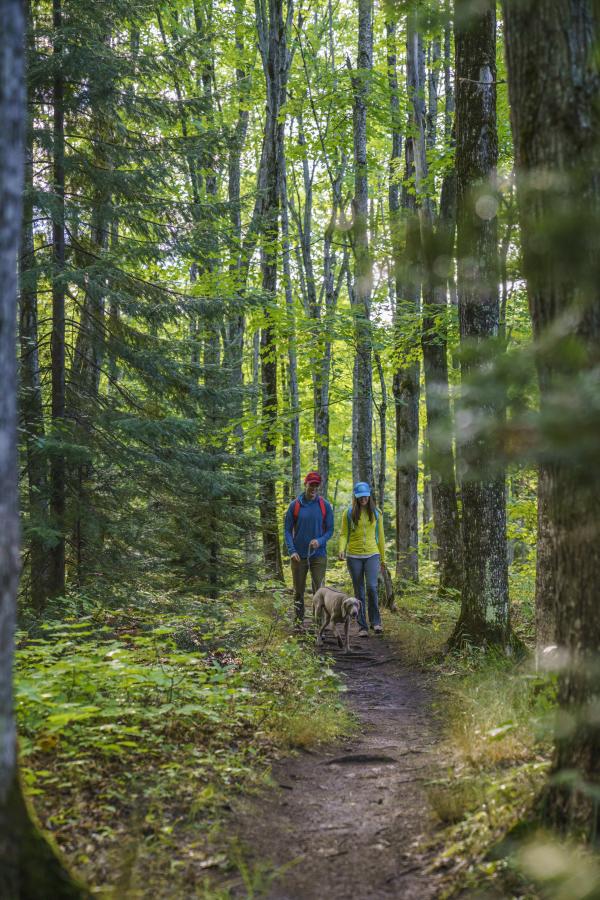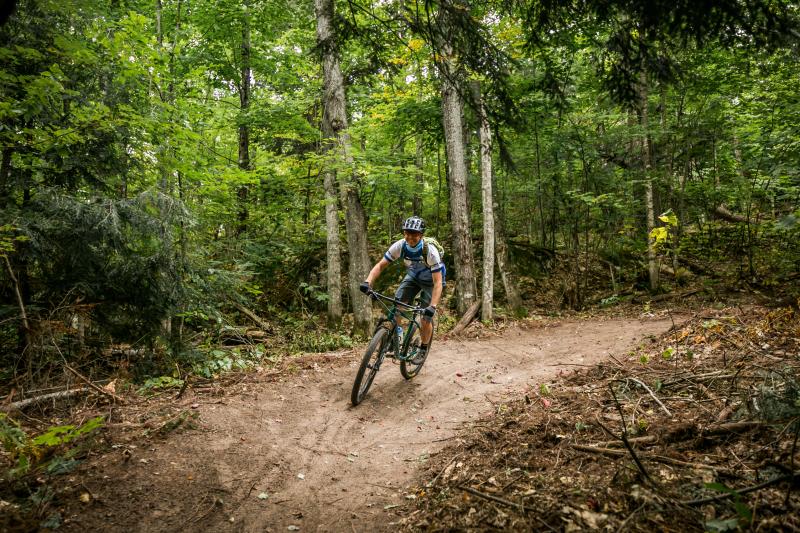Whether you’re hiking, biking, running, or walking on the trails this summer there are simple ways you can protect the ecosystem and other visitors' experiences while enjoying them.

A few key points we wanted to highlight are why you should stay on trails and the importance of not shortcutting switchbacks. Lori Hauswirth is the Executive Director of the Noquemanon Trail Network and has been active on trails for most of her life- she breaks it down for us like this:
“First…what is a switchback? Simply a switchback is where a trail switches direction while climbing a steep hillside. The trail folds back on itself several times making it easier to traverse up steep hills. Switchbacks are designed to make the climb easier and minimize erosion as much as possible.”
So what does “shortcutting” switchbacks mean, and why is it such an issue? “Shortcutting” switchbacks is when a person tries to shorten their route by leaving the trail to skip to the next section of the trail.
While tempting, shortcuts result in unsightly and damaging changes to the landscape. Shortcuts exceed the grade (or intended steepness of the trail) resulting in grooves that increase erosion.
This erosion damages vegetation and also impacts the designed trail by redirecting water to run down the hillside in unplanned ways. We ask that you stick to the trail, enjoy the extra time taking in nature, and thank the trail builders for giving you a sustainable and less demanding path to the top.”

In the wetter seasons melting snow and rain leave trails and vegetation more susceptible to damage. Danny Hill, the Executive Director of the RAMBA Trail Network in Ishpeming advises people to avoid riding on wet trails if at all possible-
“If puddles have formed on the trails, ride directly through the middle of the puddle so as not to widen the trail and create more erosion. If you encounter fallen trees on the trail try to cross over the tree at the trail, do not create ride-arounds.”
If planning a hike during the wet seasons, also make sure to wear sturdy footwear- like insulated, waterproof boots- so you can always stick to the trail.


